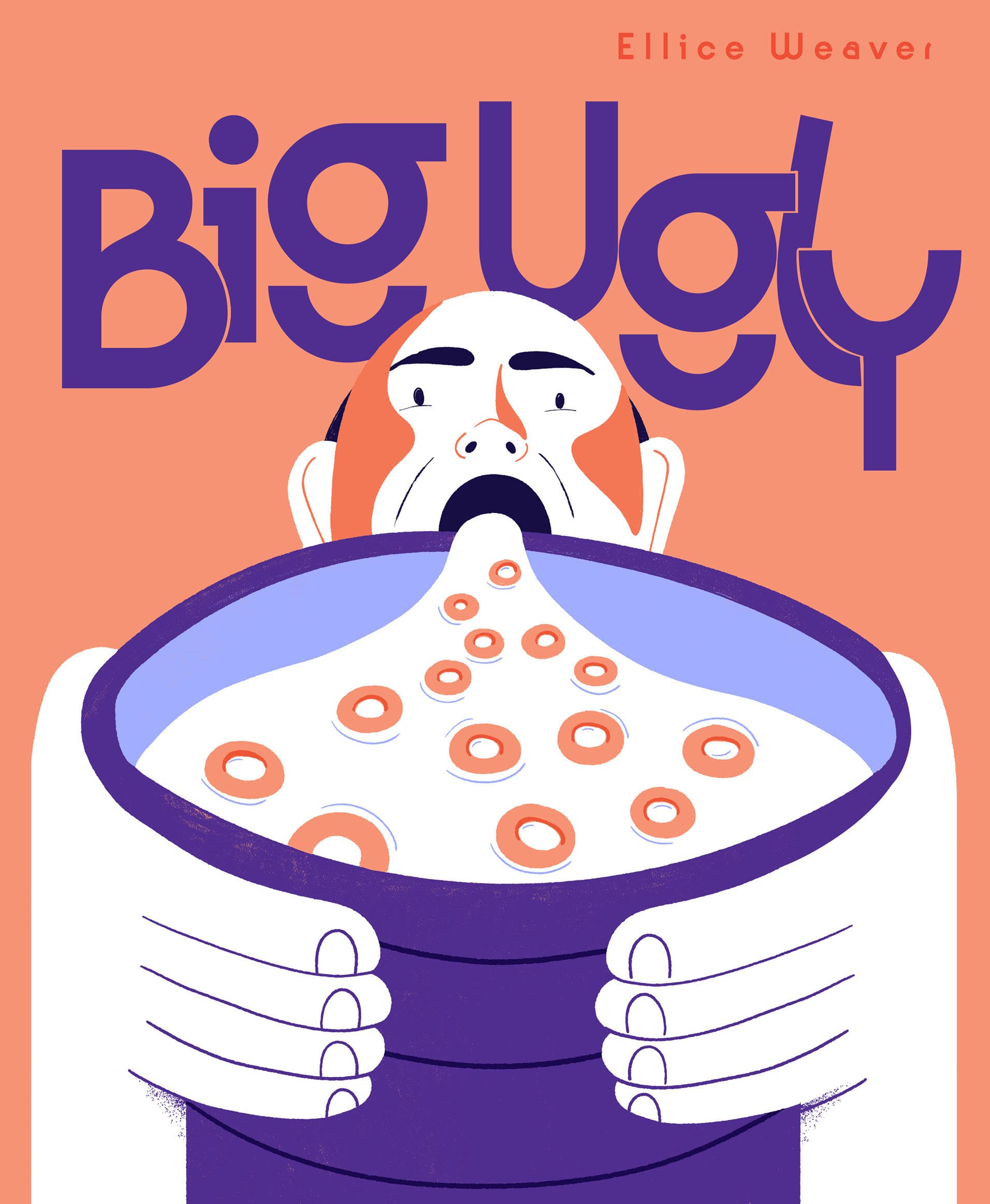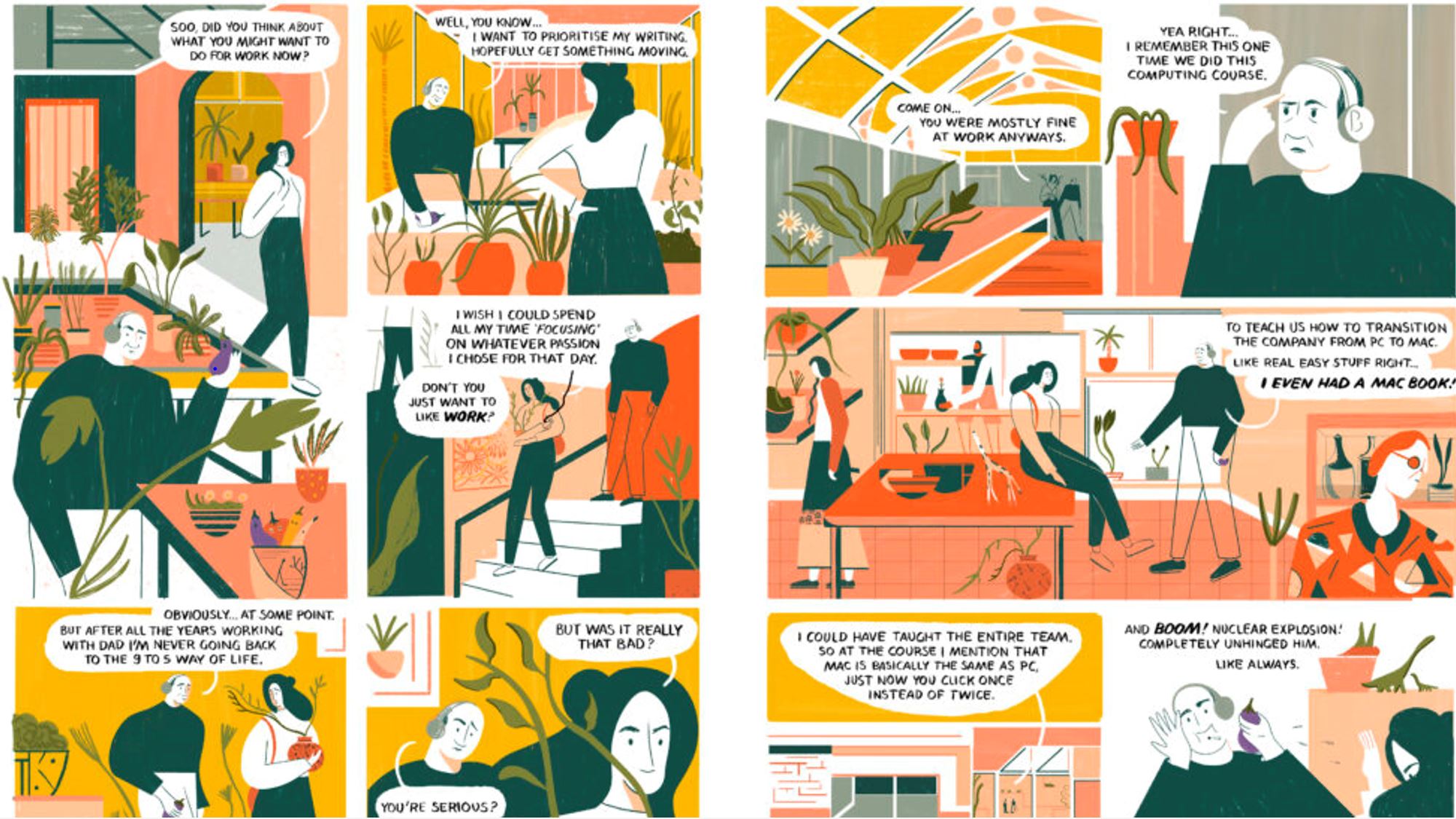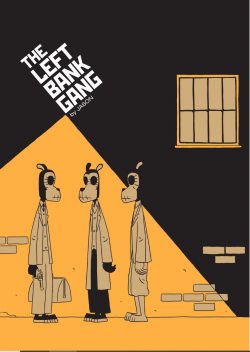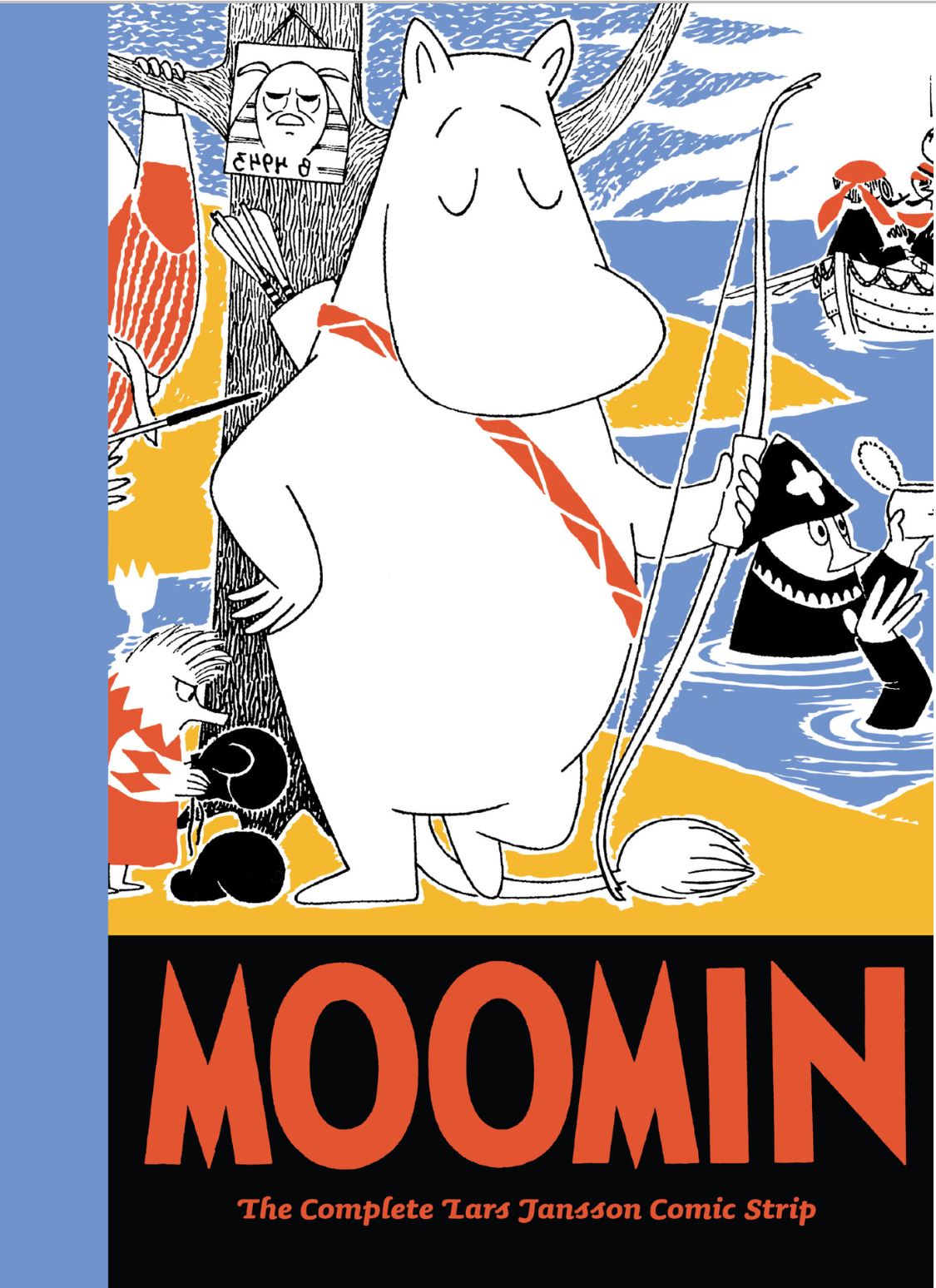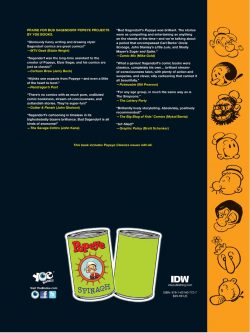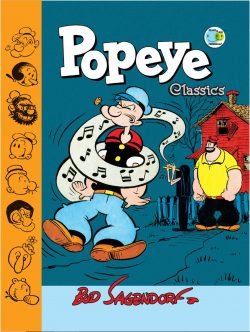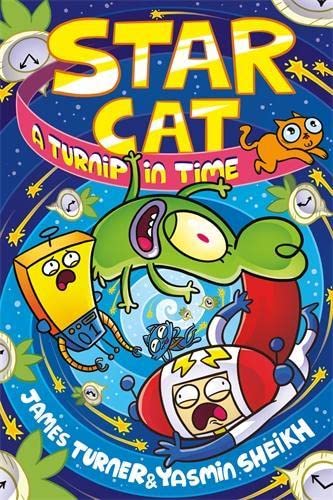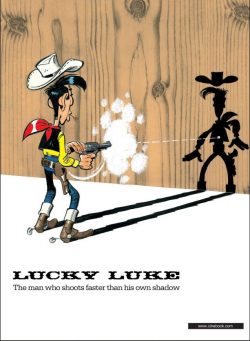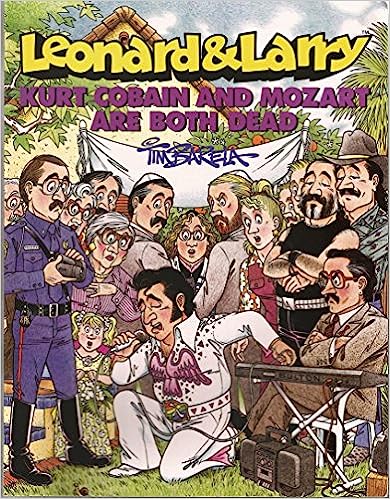
By Tim Barela (Palliard Press)
ISBN: 978-1-88456-804-6 (Album PB)
We live in an era where Pride events are world-wide and commonplace: where acceptance of LGBTQIA+ citizens is a given… at least in all the civilised countries where dog-whistle politicians, populist “hard men” totalitarian dictators (I’m laughing at a private dirty joke right now) and sundry organised religions are kept in their generally law-abiding places by their hunger for profitable acceptance and desperation to stay tax-exempt, scandal-free, rich and powerful.
There’s still too many places where it’s not so good to be Gay but at least Queer themes and scenes are no longer universally illegal and can be ubiquitously seen in entertainment media of all types and age ranges and even on the streets of most cities. For all the injustices and oppressions, we’ve still come a long, long way and it’s and simply No Big Deal anymore. Let’s affirm that victory and all work harder to keep it that way…
Such was not always the case and, to be honest, the other team (with religions proudly egging them on and backing them up) are fighting hard and dirty to reclaim all the intolerant high ground they’ve lost thus far.
Incredibly, all that change and counteraction has happened within the span of living memory (mine, in this case). For English-language comics, the shift from simple illicit pornography to homosexual inclusion in all drama, comedy, adventure and other genres started as late as the 1970s and matured in the 1980s – despite resistance from most western governments – thanks to the efforts of editors like Robert Triptow and Andy Mangels and cartoonists like Howard Cruse, Vaughn Bod?, Gerard P. Donelan, Roberta Gregory, Touko Valio Laaksonen/“Tom of Finland” and Tim Barela.
A native of Los Angeles, Barela was born in 1954, and became a fundamentalist Christian in High School. He loved motorbikes and had dreams of becoming a cartoonist. He was also a gay kid struggling to come to terms with what was still judged illegal, wilfully mind-altering psychosis and perversion – if not actual genetic deviancy – and an appalling sin by his theological peers and close family…
In 1976, Barela began an untitled comic strip about working in a bike shop for Cycle News. Some characters then reappeared in later efforts Just Puttin (Biker, 1977-1978); Short Strokes (Cycle World, 1977-1979); Hard Tale (Choppers, 1978-1979) plus The Adventures of Rickie Racer, and cooking strip (!) The Puttin Gourmet… America’s Favorite Low-Life Epicurean in Biker Lifestyle and FTW News.
In 1980, the cartoonist unsuccessfully pitched a domestic (or “family”) strip called Ozone to LGBT news periodical The Advocate. Among its proposed quotidian cast were literal and metaphorical straight man Rodger and openly gay Leonard Goldman… who had a “roommate” named Larry Evans…
Gay Comix was an irregularly published anthology, edited at that time by Underground star Robert Triptow (Strip AIDs U.S.A.; Class Photo). He advised Barela to ditch the restrictive newspaper strip format in favour of longer complete episodes, and printed the first of these in Gay Comix #5 in 1984. The remodelled new feature was a huge success, included in many successive issues and became the solo star of Gay Comix Special #1 in 1992.
Leonard & Larry also showed up in prestigious benefit comic Strip AIDs U.S.A. before triumphantly relocating to The Advocate in 1988, and – from 1990 – to its rival publication Frontiers. The lads even moved into live drama in 1994: adapted by Theatre Rhinoceros of San Francisco as part of stage show Out of the Inkwell.
In the 1990s their episodic exploits were gathered in a quartet of wonderfully oversized (220 x 280 mm) monochrome albums which gained a modicum of international stardom and glittering prizes. This compendium was the second compiled by Palliard Press between 1993 and 2003, following Domesticity Isn’t Pretty and paving the way for Excerpts from the Ring Cycle in Royal Albert Hall and How Real Men Do It.
Triptow provides sly and witty Foreword ‘Discovering the World of Leonard & Larry’ before a copious, detailed and lengthy Introduction reintroduces the huge byzantinely interwoven cast in tasty bite-sized Gordian knots (sorry, the classical and literary allusions peppering the comics are eerily infectious…).
‘The Cast of Characters – So Far’ re-briefs us on star couple Leonard Goldman and Larry Evans, ‘Larry’s Relatives’, ‘Leonard Relatives’, ‘The In-Laws’ and ‘Friends and Acquaintances’ which prominently features the dream manifestations – or is it the actual ghosts? – of composers Peter Ilyich Tchaikovsky and his bitter frenemy Johannes Brahms…
This family saga is primarily a comedic comedy of manners, played out against social prejudices and grudging popular gradual acceptances, but it also has shocking moments of drama and tension and whole bunches of heartwarming sentiment set in and around West Hollywood.
The extensive and extended Leonard & Larry clan comprise the former’s formidable unaccepting mother Esther – who still ambushes him with blind dates and nice Jewish girls – and the latter’s ex-wife Sharon and their sons Richard and David.
Teenaged Richard recently knocked up and wed equally school-aged Debbie, and promptly made Leonard & Larry unwilling grandparents years (decades even!) before they were ready. The oldsters adore baby Lauren – who is two when this book starts – but will soon relive all that aging trauma when Debbie announces the kid will soon be an older sister…
Maternal grandparents Phil and Barbra Dunbarton are ultra conservative and stridently Christian, and spend a lot of time fretting over Debbie and Lauren’s souls and social standing. They’re particularly concerned over role models and what horrors she’s being exposed to whenever the gay grandpas babysit…
David Evans is as Queer as his dad, and works in Larry’s leather/fetish boutique store on Melrose Avenue. That iconic venue provides plenty of quick, easy laughs and even some edgy moments thanks to local developer/predatory expansionist Lillian Lynch who wants the store at any cost. It’s also the starting point for the many other couples in Leonard & Larry’s eccentric orbit.
Their friends and clients enjoy even larger roles this time around whilst cunningly presenting other perspectives on LA life and the ever-evolving scene. Flamboyant former aerospace engineer Frank Freeman lives with acclaimed concert pianist Bob Mendez and has an obsessive yen for uniforms, which comes in handy when Bob is targeted by a sex-crazed celebrity stalker. It’s no use at all though, when she kidnaps them at gunpoint and demands Bob satisfies her every desire…
Larry’s other employee is Jim Buchanan, whose alarming dating history suddenly picks up when he meets a genuine cowboy at one of L & L’s parties. Merle Oberon is a newly “out” Texan trucker who adds romance and stability to Jim’s lonely life. Sadly, that’s only until Merle is discovered by Hollywood and pressured by agents, manager and co-star to go right back “in” again if he really wants to be a movie megastar…
Jim, by the way, is the original and main focus of the overly-critical dead composers’ puckish visits…
Among the highlights this time are the cast’s participation on the “March on Washington” in April 1993 in support of Gay Rights, Larry’s jury duty and the introduction of a draconian Judge who is also a major purchaser of the Melrose’ stores most imaginative BDSM under-apparel, jury service, and Jim and Merle’s fraught but fun foray to Texas to get the blessing of the cowboy’s fundamentalist parents…
The opposing sides/families in the “lifestyle vs sin” debate meet often and outrageously and there’s even a couple of ceremonies (this is long before same sex weddings were legal) to confirm that the heart wants what the heart wants.
Terrifyingly there’s also a second episode of “queer-bashing” (David being the first in the previous volume) that results in Larry’s death.
Thankfully his trip to heaven is pleasant and his prompt return to the mortal coil proves “God Loves Gays” and provides sublimely satisfying satirical laughs whilst scoring major points… When he revives it’s to meet his new – and so very, very ugly – grandson… and thus life goes on…
As well as featuring a multi-generational cast, Leonard & Larry is a strip that progresses in real time, with characters all aging and developing accordingly. The strips are not and never have been about sex – except in that the subject is a constant generator of hilarious jokes and outrageously embarrassing situations. Deftly skewering hypocrisy and rebuking ignorance with dry wit and great drawing, episodes cover various couples’ home and work lives, constant parties, physical deterioration, social gaffes, rows, family revelations, holidays and even events like earthquakes and fanciful prognostications. Tchaikovsky and Brahms are also regular visitants and serve to keep the proceedings wry, sarcastic and surreal…
Leonard & Larry is a traditionally domestic marital sitcom/soap opera with Lucille Ball & Desi Arnaz – or more aptly, Dick Van Dyke & Mary Tyler Moore – replaced by a hulking bearded “bear” with biker, cowboy and leather fetishes and a stylishly moustachioed, no-nonsense fashion photographer. Taken in total, it’s a love story about growing old together, but not gracefully or with any dignity…
Populated by adorable, appetising fully fleshed out characters, Leonard & Larry is about finding and then being yourself: an irresistible slice of gentle whimsy to nourish the spirit and beguile the jaded.
If you feel like taking a Walk on the Mild Side now this tome is still at large through internet vendors. So why don’t you?
Kurt Cobain & Mozart Are Both Dead © 1993 Palliard Press. All artwork and strips © 1996 Tim Barela. Introduction © 1996 Robert Triptow. All rights reserved.


After decades of waiting, the entire ensemble is available again courtesy of Rattling Good Yarns Press. Sublimely hefty hardback uber-compilation Finally! The Complete Leonard & Larry Collection was released in 2021, reprinting the entire saga – including rare as hens’ teats last book How Real Men Do It (978-1955826051). It’s a little smaller in page dimensions (216 x280mm) and far harder to lift, but it’s Out there if you want it…



